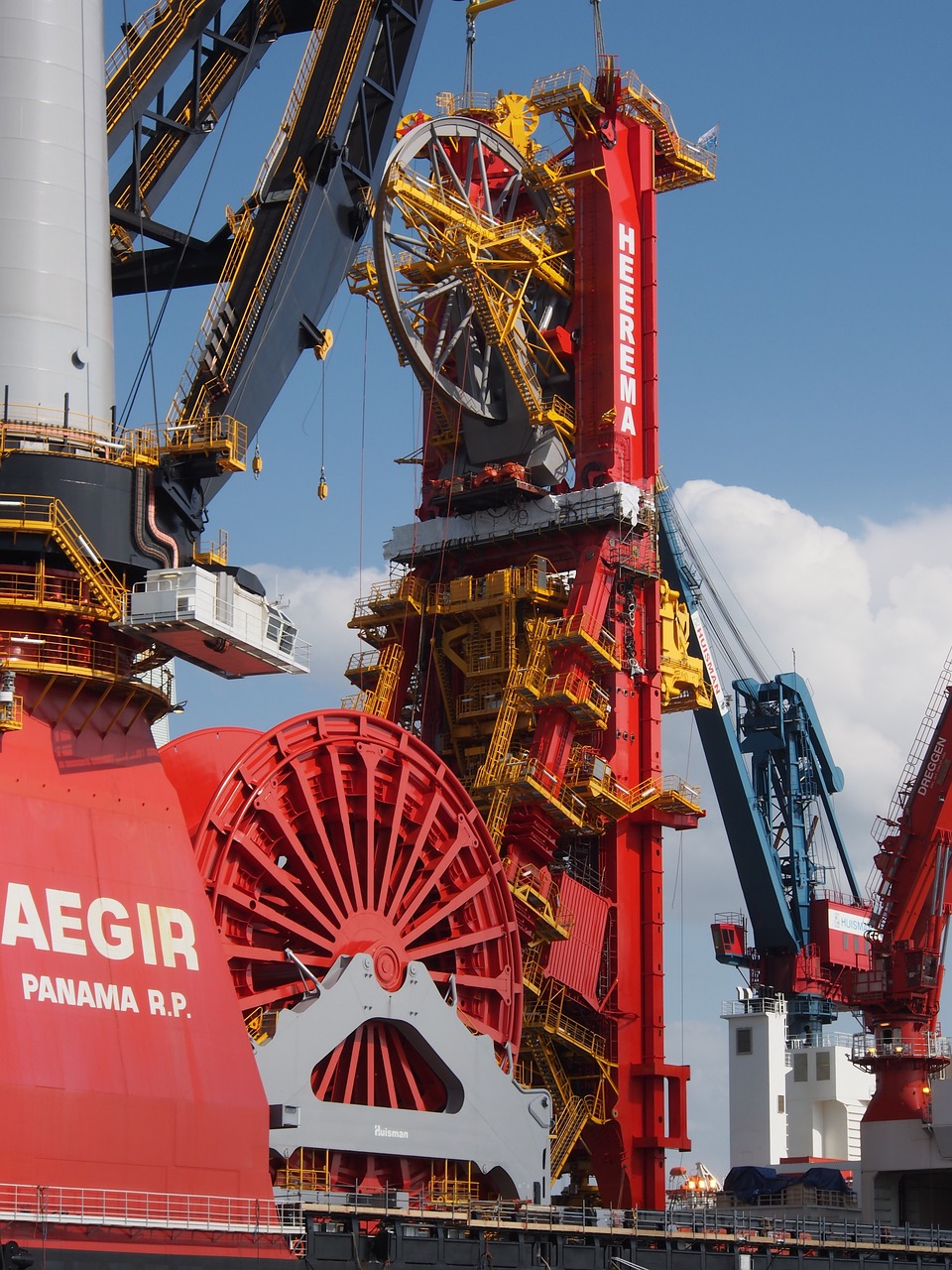In the realm of Norse mythology, Aegir is recognized as the King of the Sea and one of three giants who coexist with the Aesir, alongside Lue (the embodiment of fire) and Kari (symbolizing air). The name “Aegir” is closely associated with water, making him the very incarnation of the sea. His powers, intricately linked to water, can manifest in both benevolent and malevolent ways. The river Eider is often referred to as “Aegir’s door,” while “Aegir’s jaws” describe the treacherous waves and whirlpools that threaten sailors at sea. Aegir parallels the Greek god Poseidon and the Roman deity Neptune in mythology.
Visually characterized as an elderly man with a flowing white beard and claw-like fingers, Aegir’s appearance on the ocean’s surface is typically seen as a harbinger of doom, as he often seeks to drag ships and individuals down to the depths of the sea—a fact that instills great fear among mariners. He possesses a sizable ship known as Aegor, a gift from the gods Thor and Tyr. Within this vessel, Aegir concocts the mead of life from the blood of Baldr, a drink that symbolizes the sea’s nurturing essence. This life-giving sea was where existence first emerged, and it is prophesized that a new world will rise from its waters after Ragnarok.
According to Danish folklore, Aegir resides on Læsø alongside the formidable giantess Ran, known for conjuring storms and causing shipwrecks. Icelandic tales depict Aegir and Ran dwelling in splendid gold-plated halls beneath the seas surrounding the island of Hlésey, which might refer to Læsø or an ancient name for the desolate island of Jan Mayen.
Aegir has a friendly demeanor towards the gods and regularly hosts grand feasts for them. However, it is during one such gathering that Loki, in a fit of rage, insults the Aesir, an act that ultimately leads to his capture and imprisonment until Ragnarok.
Aegir’s daughters are symbolically represented as the waves of the sea. He is said to have nine daughters, notably named Himinglæva, Dufa, Blodughadda, Hefring, Ud, Hrønn, Bølge, Drøfn, and Kolga; these names are thought to poetically represent various terms for “wave.” The Vikings regarded the sea as a vital route for trade, gold, and territorial expansion, which may explain Aegir’s association with affluence.
In Copenhagen, there exists a tile mural located atop the presidential staircase at City Hall that features Aegir. This artwork, crafted by Reistrup with a design by Lorentz Frølich, was awarded a gold medal during the Great Exhibition in Chicago in 1893. Upon returning, this mural was installed permanently in the Town Hall and bears the title “Aegir says goodbye to his daughters after a guest bid on Læsø,” or simply “Aegir’s guest bid.” The depiction of Aegir has also inspired the elaborate stucco decorations accompanying the staircase, designed by architect Martin Nyrop. Here, four ash trees reminiscent of Yggdrasil, the tree of life, enhance the aesthetic, accompanied by fishing nets suspended to dry. The serene Øresund serves as a backdrop, while the ceiling showcases seagulls, signifying the abundance beneath the waves: “here is food, here is life.” The staircase originally faced Kalvebod Strand, thus directing attention towards the sea. This entire composition narrates the legend of Copenhagen’s origins, where Aegir represents the life-giving element that led to prosperity through the herring fishery, ultimately contributing to the allure for Bishop Absalon, the founder of Købmannahavn.



